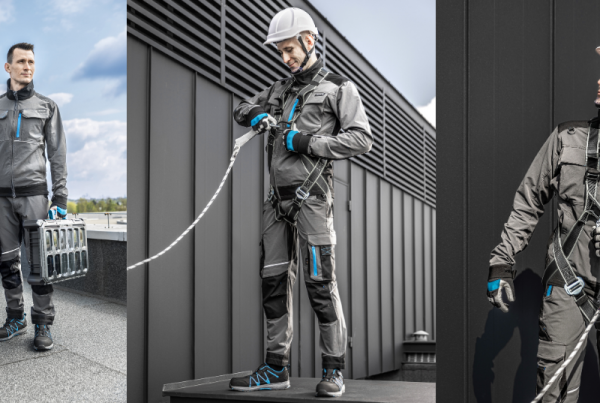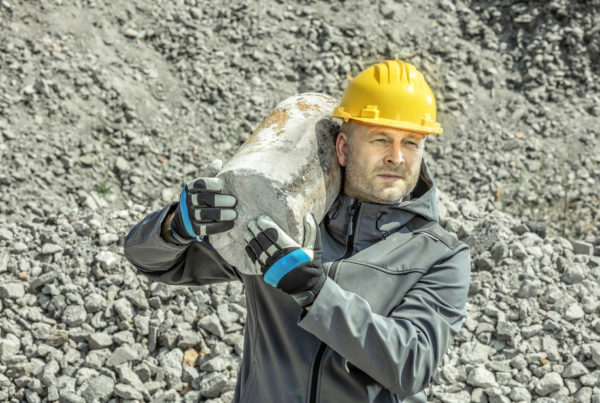In Poland, the number of accidents at work is very high. Only in 2016 it was 87,886, including 239 fatalities. For 2015, the rates were very similar – 87,622 accidents, including 303 fatal ones. Workwear and protective clothing are among the basic measures that ensure safe and hygienic work. It is worth knowing that the Labor Code contains provisions imposing an obligation on the employer to make them available to employees.
When do we use protective clothing?
Protective clothing should be worn when carrying out specific activities at work where there is a risk of injury or ingress of hazardous substances into the skin. The employer is obliged to inform the employee about how and under what circumstances a given PPE should be used. For example, high risk is associated with low and high temperatures, fire, corrosive substances, chemical vapors and gases, noise, working at height, handling certain mechanical equipment, etc.
Basic classification of personal protective equipment:
- Protective clothing (symbol U).
- Lower limb protection measures (symbol N).
- Upper limb protection measures (symbol R).
- Head protection (symbol G).
- Face and eye protection (symbol T).
- Hearing protection (symbol S).
- Respiratory protection equipment (symbol D).
- Protective equipment against falls from a height (symbol W).
- Means that isolate the whole organism (symbol I).
Good to know
Protective clothing is subject to mandatory certification in accordance with established health and safety standards.
When do we use workwear?
The employer is obliged to provide the employee with working clothes in a situation where his private clothes could be damaged or significantly dirty due to working conditions. Therefore, work clothes will be given to an employee whose clothes may be worn, torn or soiled by dust, liquids or other dirty substances.
Good to know
The employer is responsible for the maintenance, cleaning and repair of work clothes and personal protective equipment. The employee may wash his clothes himself, provided that the employer reimburses the costs.




